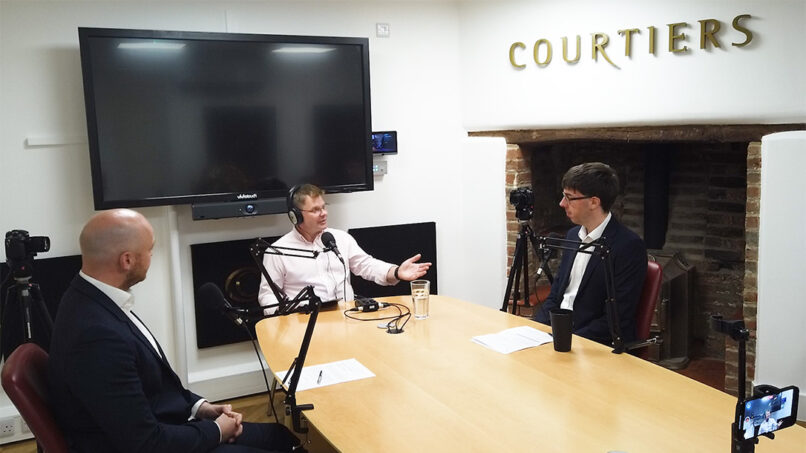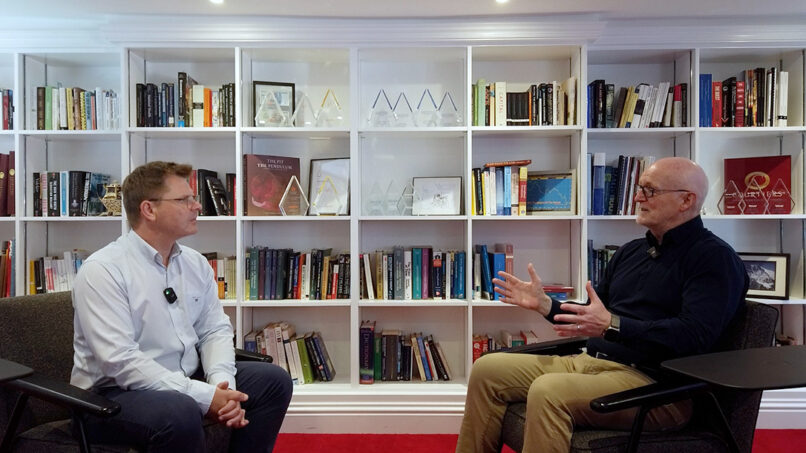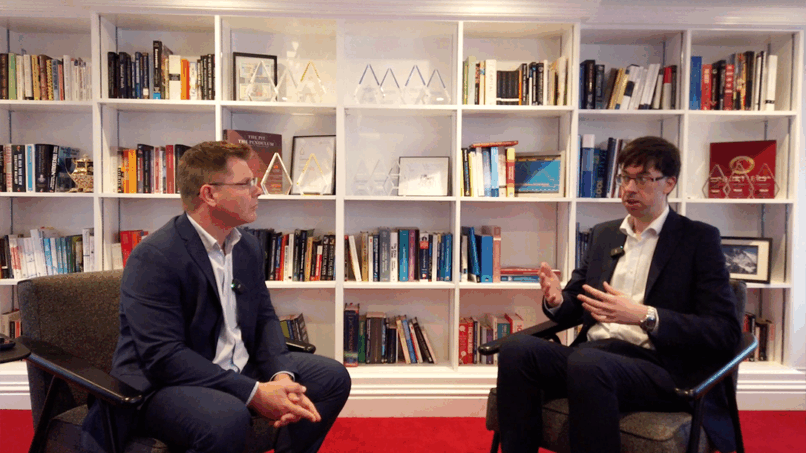As younger generations develop life goals, there is a way for parents, grandparents, family and friends to contribute money or assets to support them with a degree of flexibility…
As a child finds their feet, long-term objectives evolve (e.g.: getting on the property ladder, going to university, travelling the world or setting up a business). Pension savings will provide a valuable source of income in later life but won’t be available earlier on to help with ambitions requiring larger expenses. This is where a Designated Collective Investment Portfolio can be advantageous.
Flexibility
When thinking about gifting to children, there are many options including Deposit Savings Accounts, Junior ISAs and Bare Trusts, all of which are held in the child’s own name.
A Designated Collective Investment Portfolio is an option which allows you to invest long-term for a child of any age, while retaining full control of any assets invested. Furthermore, it allows the investor (the parent or grandparent) absolute flexibility to decide when to give away the assets and there is no commitment to ever do so.
Setting up a Designated Collective Investment Portfolio
An adult is required to set up a Designated Collective Investment Portfolio under their own full name. When investments are made into the portfolio, something as clear and simple as a child’s initials could mark the intent of an investment being specifically for the benefit of the child’s future.
By designating cash or assets to a child within a Designated Collective Investment Portfolio, you can mark assets at the point of investment as for the child’s future and then ‘give’ those assets when the time is right – unlike gifting as explained…
Gifting = Irrevocable
When gifting money or assets to a child, this becomes property of the child at the point the gift is made. Providing the individual making the gift lives for at least seven years after the gift takes place, those assets would become a Potentially Exempt Transfer (PET), falling outside the donor’s estate and therefore no longer subject to Inheritance Tax. This can be useful when considering your own tax position.
But there’s a catch and trust is the word. When gifting to a minor via a Designated Collective Investment Portfolio, it becomes an irrevocable Designated Collective Investment Portfolio, in which a bare trust is set up to facilitate the transfer of assets to the child as a named beneficiary. The child, as the beneficiary of the trust, would immediately own assets placed into the trust. Tax responsibility lies with the child regardless of whether they can access the assets or not, and the child would inevitably gain full access and control of all assets, without limit, at age 18 in England (16 in Scotland).
Giving = Revocable
If you choose to give assets to a child by designation with future intent, you’ll retain full control of those assets within what’s known as a revocable Designated Collective Investment Portfolio. While any tax liability relating to investments will remain with you, you hold the power to retain complete control of how and when those assets are eventually placed into the hands of the child-come-adult, either as a lump sum or in stages.
While a designated asset is still within your estate for Inheritance Tax purposes, the asset is simply ‘earmarked’ for the child with no solid decisions made at the point of designation. This is why it’s called a revocable Designated Collective Investment Portfolio as the future of any designated investments is flexible. You have no obligation to fulfil the transfer and can change your intentions at any time.
Power = Responsibility
We’ve established that the key differences between Revocable and Irrevocable are:
- Where the tax responsibility lies
- The timing of access to the funds
If you’re looking at mitigating tax and making use of allowances and reliefs, a revocable Designated Collective Investment Portfolio does not use the child’s Personal Allowance and Capital Gains Tax exemptions, so it’s important to consider overall ambitions and long-term implications.
Benefits and drawbacks of a revocable Designated Collective Investment Portfolio
| Benefits | Drawbacks |
|
|
*Pound Cost Averaging is a strategy of investing at differing times e.g. monthly, as opposed to investing a single lump sum into the markets potentially at a very high point (although the reverse is also true). This can help to smooth out the risks of investing, achieving an average purchase price of funds being invested over time.
In Summary
When you designate assets to a child via a revocable Designated Collective Investment Portfolio, there’s no obligation to release those assets when the child turns 18 or at any point thereafter. This allows you to plan ahead with complete flexibility as to how and when the transfer of assets might take place, if at all.
In addition, the child can still have a Savings Bank Account or even a Junior ISA, offering more diversification for growth.
This is a simple but flexible option for individuals who wish to gift assets to their loved ones, while retaining control until a suitable time comes for such a gift to be handed over.
Of course, before making a decision it is always best to evaluate your personal financial circumstances, needs and objectives, for the short, medium and longer term, with your Courtiers Adviser.













